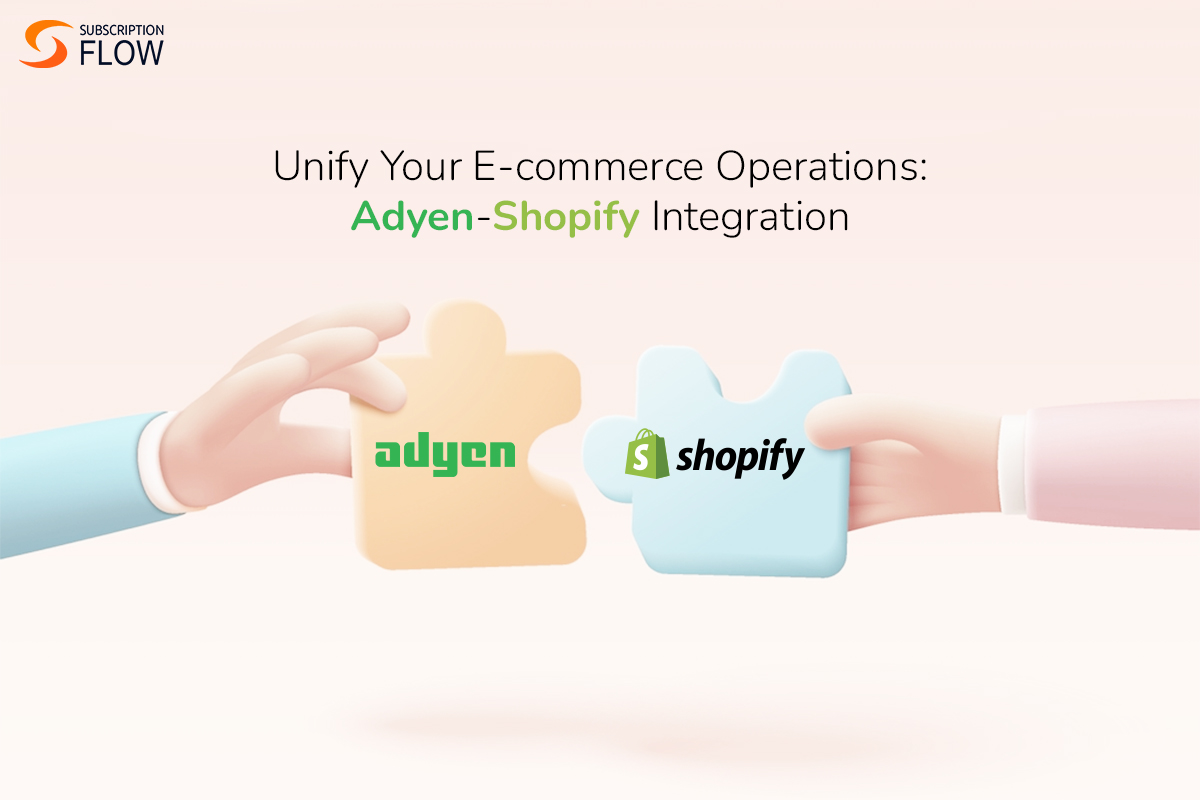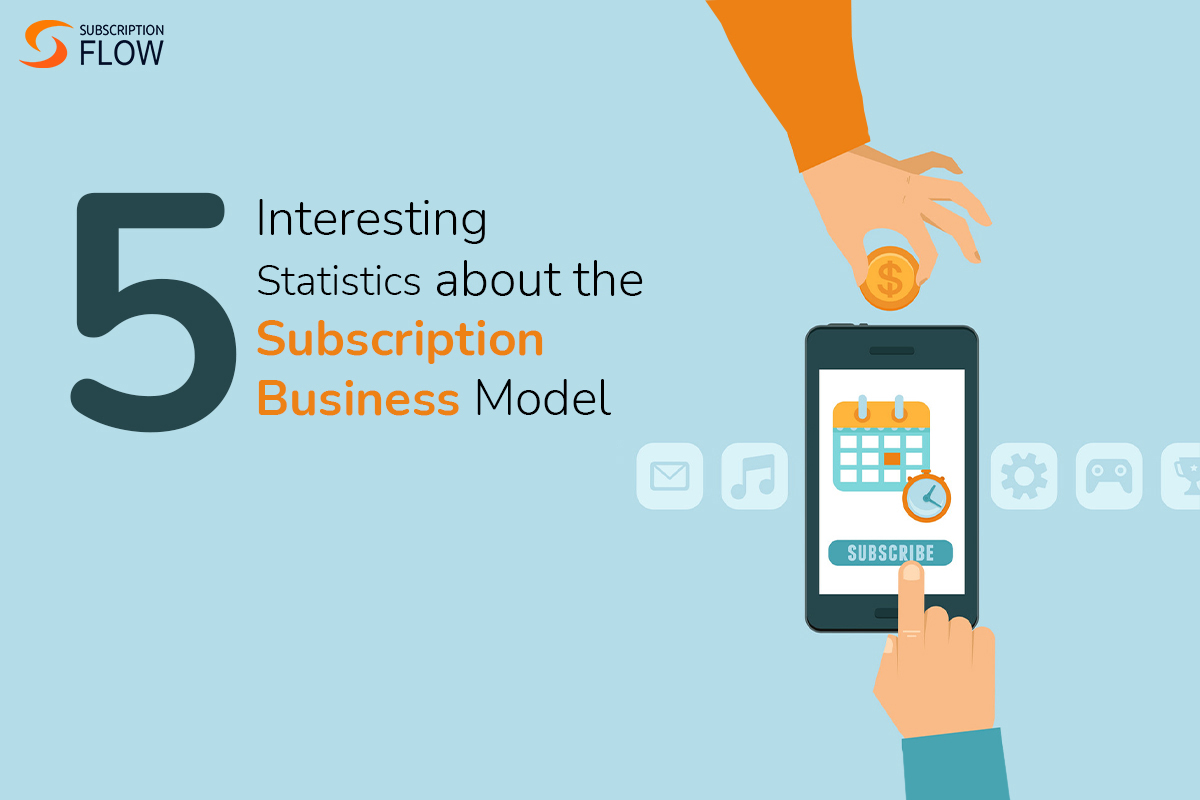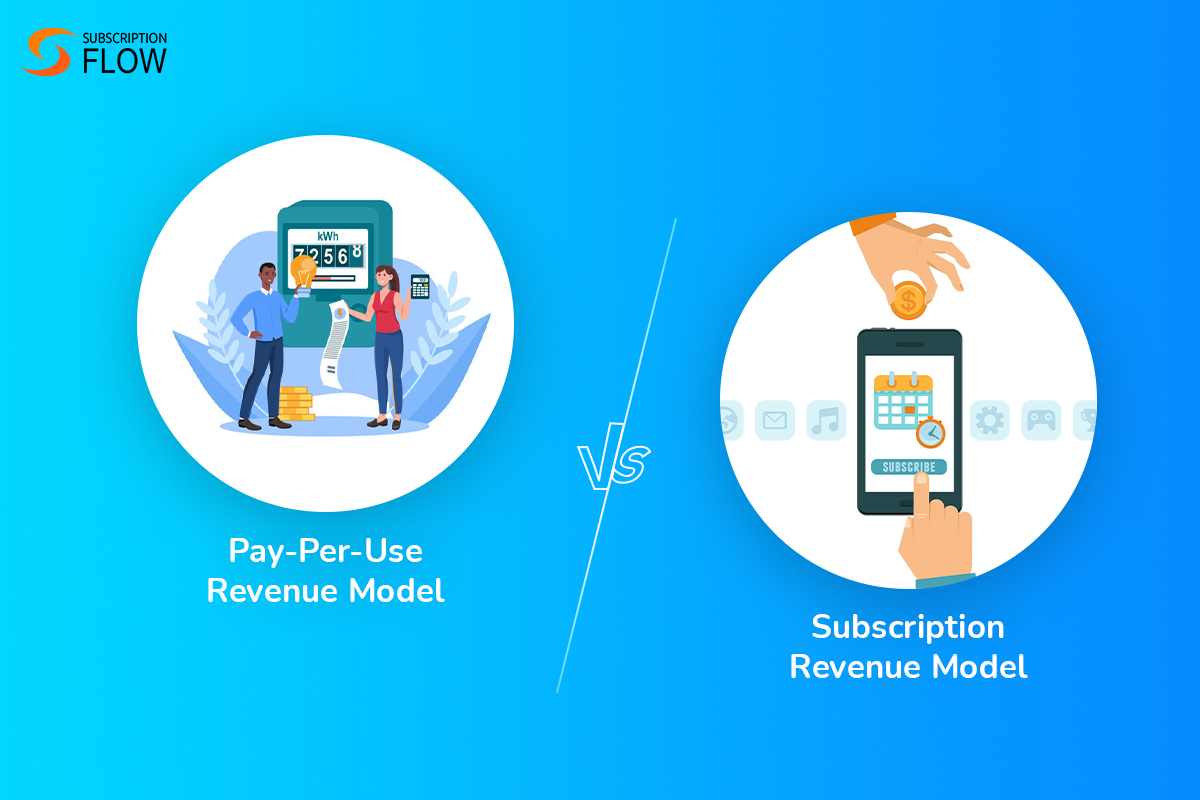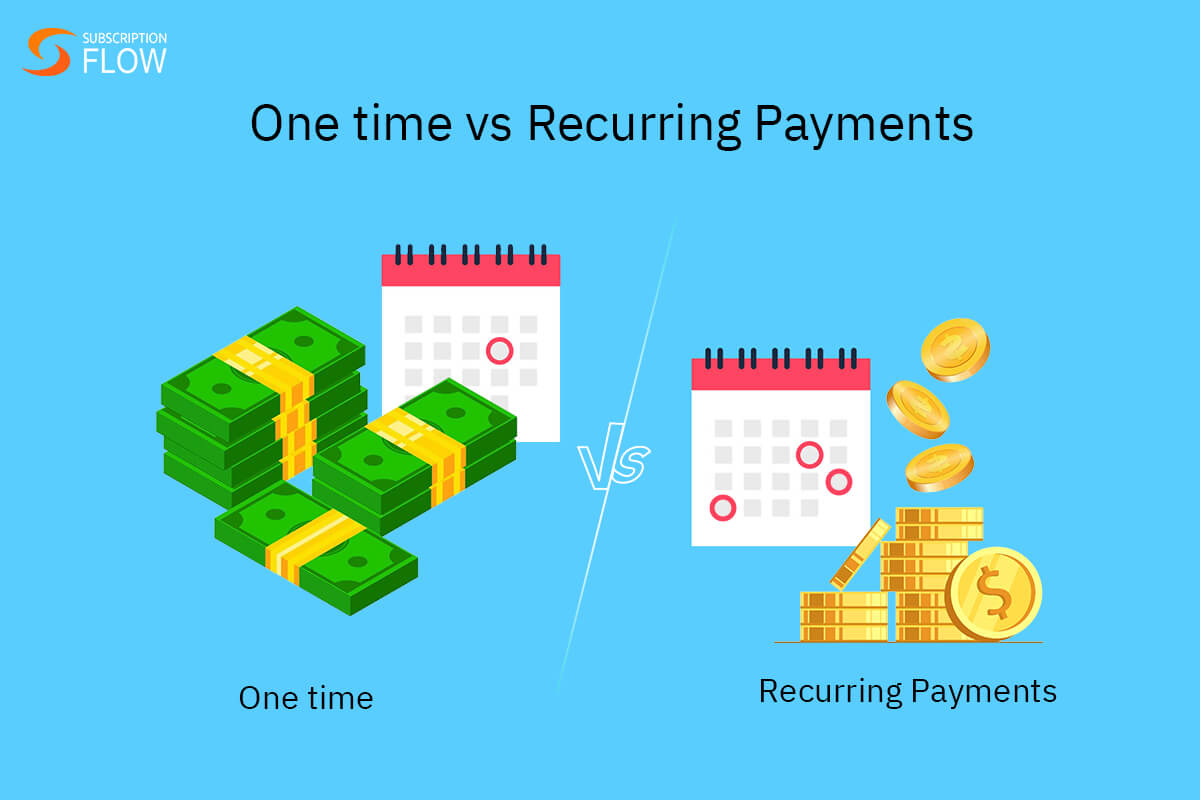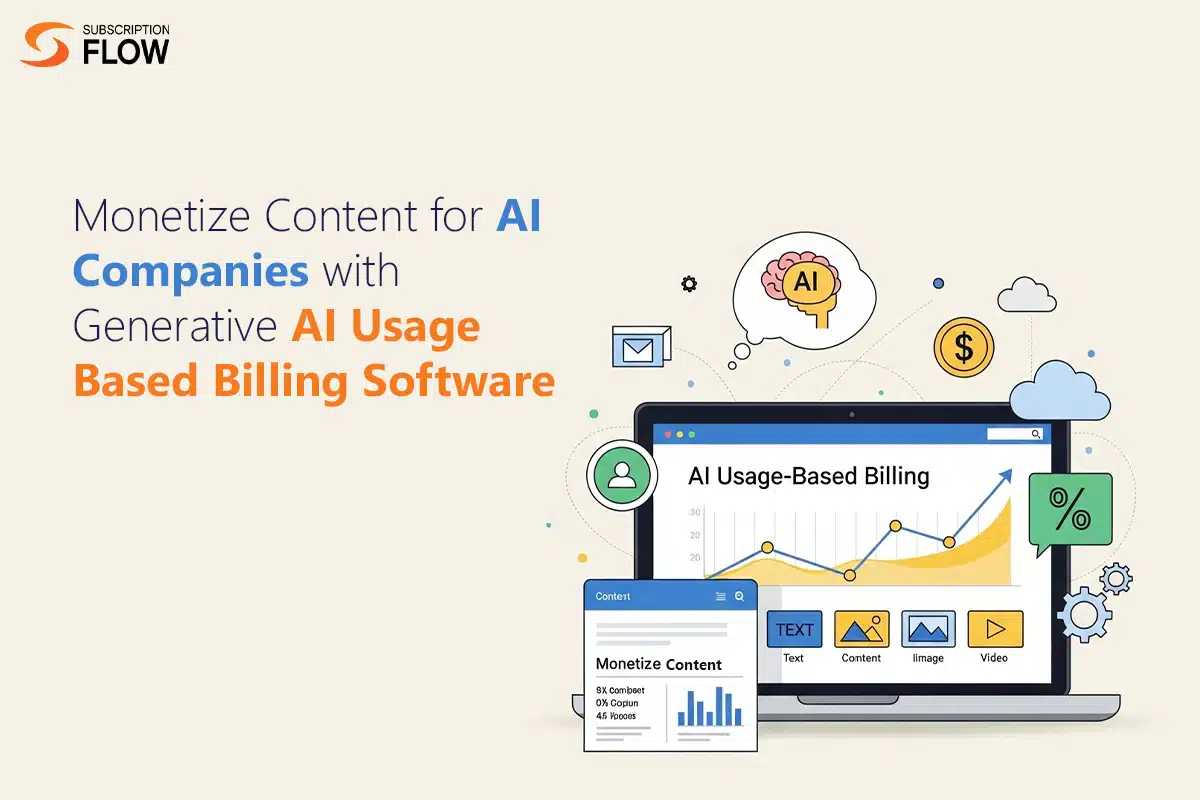
Generative AI Usage Based Billing Software: How to Use it to Monetize Content for AI Companies
AI companies want access to reliable and quality data sources in order to enrich their AI language models. Models, such as those used for summarizing content, cannot stay up-to-date without this access. Publication companies like digital magazines or vast online libraries can leverage this opportunity to monetize their content for AI companies seeking access.
But how can they sell their content fairly, without overcharging or undercharging? The generative AI usage based billing software is the solution for them. They can utilize this software to track an AI company’s usage, and bill it efficiently.
Let’s explore in detail how this billing software assists content hubs to sell their precious data effectively.
Why It’s Time to Get Over Traditional Billing Systems
Content hubs, whether they manage newspapers, journals, research papers, multi-genre books, or content of any other kind, should not let this profitable opportunity slip by. AI companies are standing right at their door to purchase content, as it is vital to sustain their language models.
However, selling content, especially to AI clients is not as easy as it sounds. If publications still rely on traditional billing systems to deal with customer transactions, they need a major reformation. That is because these systems are outdated, and can cause problems like:
1. Static Billing
Traditional or legacy billing tools only support static billing. This is a model in which a vendor can only charge fixed amounts to its clients. Even if vendors offer content access on a subscription basis, they cannot charge customers flexibly. They will have to stick with rigid charges that don’t really reflect the actual usage value.
2. Risk of Overcharging or Undercharging
If billing is static for services whose usage fluctuates greatly, it hinders fair pricing. By assigning fixed prices for versatile services, vendors either overcharge their customers, or undercharge. This either results in a loss for their clients, or for themselves.
3. Lack of Usage-Tracking Capabilities
The reason why traditional billing platforms allow only fixed charges is because they lack modern usage-tracking features. Companies cannot track their clients’ usage, and hence cannot charge them based on that. Even if they want to, their billing system simply holds them back.
4. Inefficient Invoicing
There is no concept of dynamic invoicing in an outdated system. Invoices carrying fixed charges are generated. And even in the case of billing modifications, the system cannot generate automatically corrected invoices on its own. That has to be done manually. Hence, more manual work for content selling companies.
How Generative AI Usage Based Billing Software Helps Content Hubs
This software operates on the usage-based billing model, meaning, it modifies customers’ bills based on their service usage. They don’t have to pay flat fees. AI companies seeking content access utilize this content in varying quantities. How much content they actually fetch from a database depends upon the end-consumers’ request made to the AI language models.
What’s for certain is that the content-usage always varies. AI models might not utilize the complete content they demand access for. Their consumption might also peak sometimes, while touching rock-bottom at other times. In short, AI companies are unpredictable clients.
Therefore, businesses gatekeeping content require a usage-based billing model that specializes in dealing with generative AI companies. This software measures usage based on different metrics. These are some notable metrics:
- API call number
API calls are basically the end-consumer’ requests to a generative AI model for content of any type. Companies can assign a fixed fee per API call. This way, each time the AI model receives new content requests, the content-providing business makes revenue.
AI clients don’t pay immediately, since they are still paying on a subscription-basis. So the billing software keeps a precise record of their activity, and then charges them at the end of the month, or according to other billing cycles.
- Token number
Tokens can be taken as characters in a text. Companies can charge a fixed fee for each character generated by the AI model. If that model generated a lot of text in a month, it has to pay a higher fee than when it wasn’t much in use.
- Data volume
Data volume means the size of data that an archive is allowing access to. It may range from a few to hundreds of gigabytes. Each gigabyte can be allotted a fee. AI companies have to pay for the exact quantity of volume they utilize.
- Generative output number
Generative outputs can include outputs other than simple text. For instance, images, graphs or any other visual item that is generated using information from a database. Content hubs can charge AI companies on a per-image or generative output basis.
Alternatively, they can also apply a fixed percentage fee to such special outputs. Every time a non-text output is generated utilizing the vendor’s data, it can charge this fixed percentage for it.
How Businesses Can Monetize Content with Usage-Based Billing Software
Content providers can rely on advanced usage-based billing models for monetization. Here’s how they can use this software for generating revenue:
- Set Up Usage Rules and Metrics
First of all, the content provider has to set up certain rules for service access. It can, for example, give AI companies access to all of its archives, or only selected records. Different subscription plans can be created, with each plan granting access to a specific number of archives.
The business can also set up billing rules according to other usage metrics discussed above. Such as data volume and API call number. In fact, the business can combine these charges.
For example, it can offer a $100 subscription plan that allows access to 3 of its large datasets. It can charge this fee as flat fee, and then add additional charges to it solely based on the client’s usage metrics, like API calls.
- Bill Based on the Chosen Metrics
When billing rules and the usage metrics to be tracked are set up, your billing system handles the rest. It proactively monitors the AI client’s activity, tracks their usage and records it. When the billing date arrives, it utilizes this information to tailor the client’s bill accordingly.
- Implement Hybrid Billing
Content selling companies can implement hybrid billing with an advanced billing platform. For instance, they can combine the usage-based charges with a flat fee to remain profitable even when service usage is low.
For instance, a content provider charges a $150 platform fee to all its AI clients, and then calculates the rest of their charges according to usage. Similarly, companies can combine usage-based charges with volume pricing to give their clients volume-based discounts. For example, if the AI models receive more than 500 API calls in a month, it can benefit from discounted rates.
- Enjoy Consistent Revenue
Once the billing is smoothly carried out by the software, companies receive their revenue. Since the AI clients are billed recurringly, vendors keep generating more revenue. This helps them create stable and predictable cash flows.
Sell Content to AI Companies Efficiently with SubscriptionFlow
SubscriptionFlow is a quick-to-implement usage-based billing software that helps monetize your content for generative AI companies. With SubscriptionFlow in place, content providers can automate usage-based billing, and boost revenue streams.
Here’s what SubscriptionFlow offers:
- Advanced Metering
The software intelligently tracks down any usage-metrics that a business sets up. It tracks the content usage of AI models by smoothly integrating with their system via APIs. So for instance, it can measure exactly how many API calls the AI model responded to, how many characters there were in each response, etc.
It records this information to calculate the client’s total charges at the end of their billing cycle. Its robust metering capability helps businesses scale operations. That is because they can allow content access to more AI companies, and manage billing for increased usage easily.
- Multiple Pricing Models & Hybrid Billing Support
Businesses can choose from a variety of pricing models alongside the usage-based one. They can set up usage rules in SubscriptionFlow, and then bill their clients flexibly. And they can also set up other pricing models to boost profits and customer retention.
For instance, they can assign fixed base-fees to their subscription plans that clients have to pay no matter how much they use the service. Similarly, they can also set up various subscription tiers, and volume-based discounts.
- Dynamic Invoicing
SubscriptionFlow creates dynamic invoices according to its real-time charge calculation. This means that if an AI company’s service usage fluctuates, their charges are calculated accordingly, not a penny less or more. Comprehensive invoices are created that clearly show the total service usage, and its corresponding charges.
If hybrid billing is employed, then invoices present a clear breakdown of all the types of fees charged to the client.
- Recurring Payment Collection
AI companies are billed on a recurring basis, and their subscriptions renewed. The renewal processes are carried out without any operational hiccups due to smart metering and billing automation.
Crux of the story? Don’t miss out on the opportunity to sell your valuable content to AI companies. Get onboard SubscriptionFlow, and start monetizing content today.


